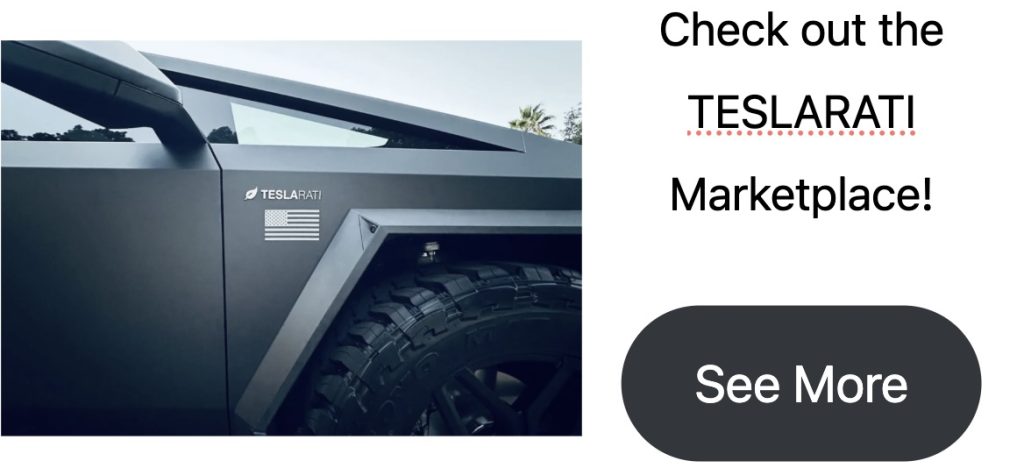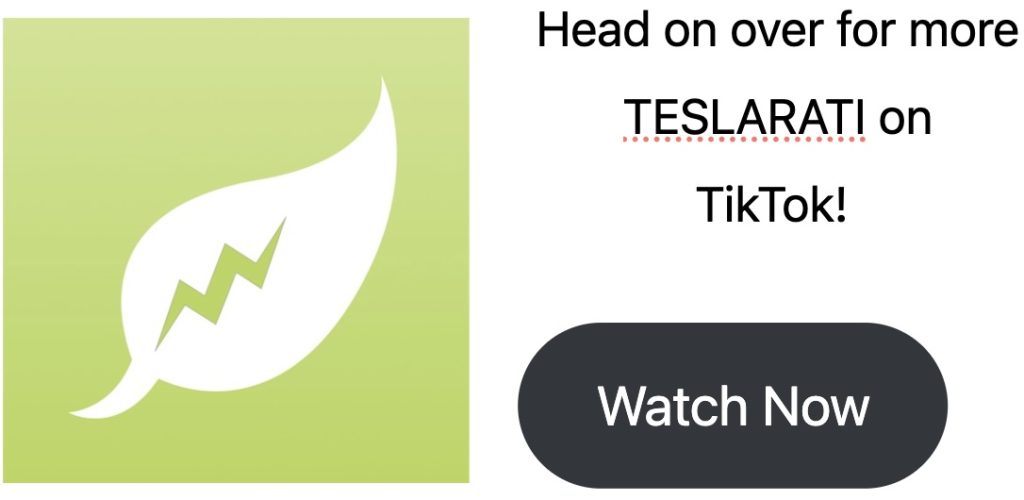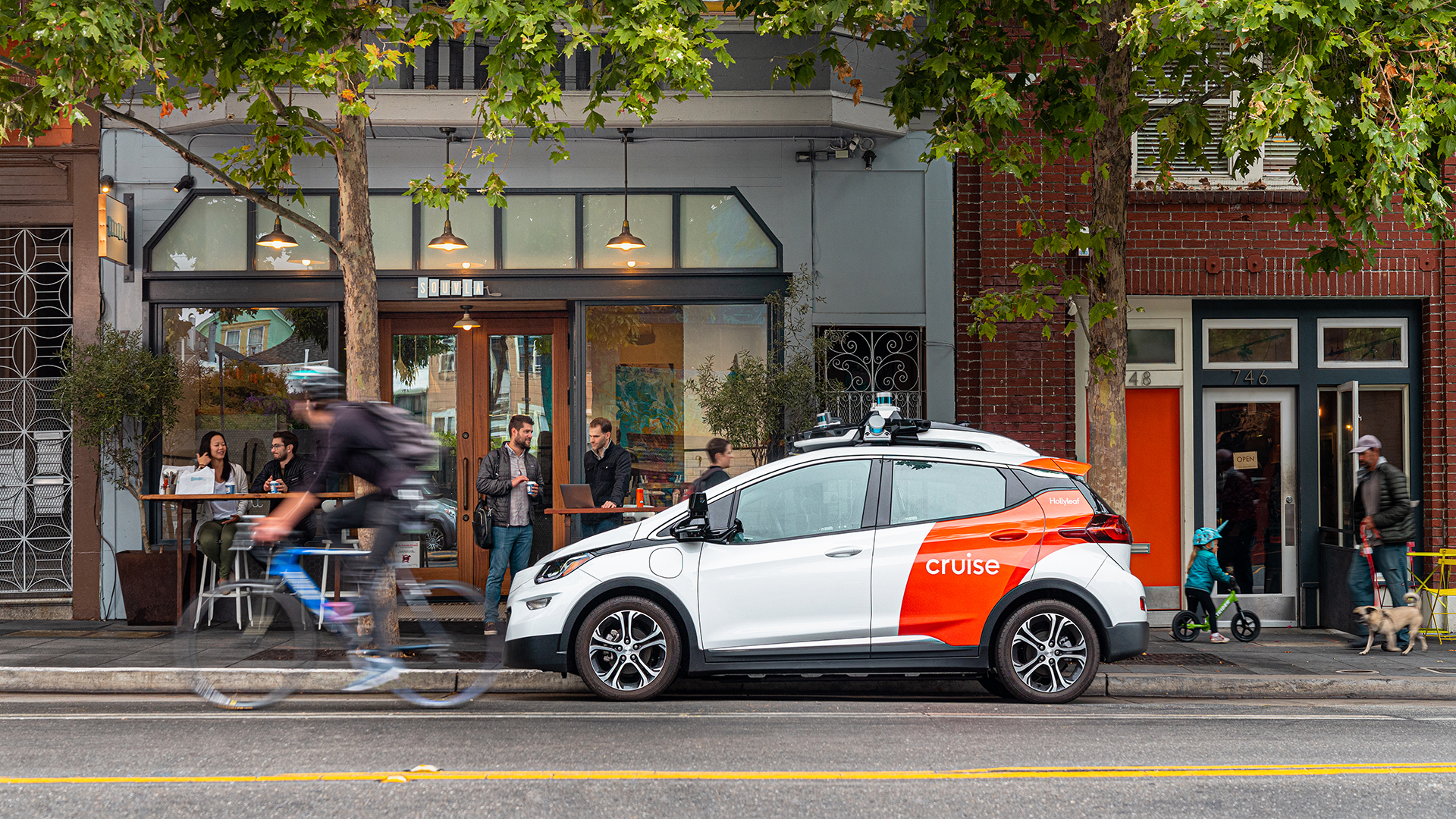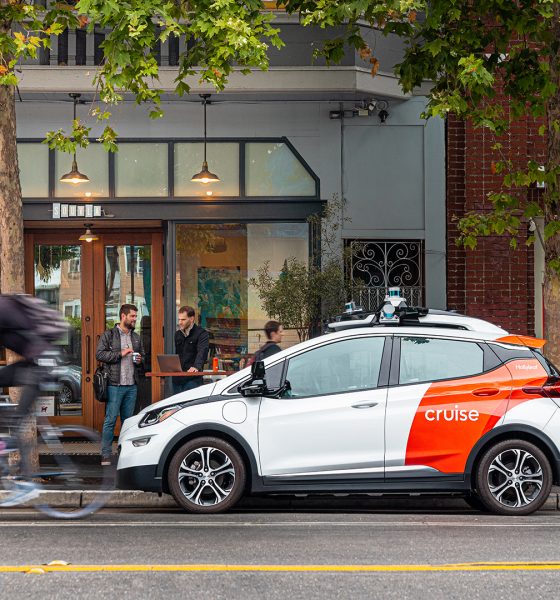General Motors (GM) has announced plans to cut funding for its driverless robotaxi company Cruise, in a major pivot away from the commercial robotaxi business toward autonomy development in the company’s personal vehicles.
On Tuesday, GM announced plans to cut funding for Cruise and bring its autonomy development program in-house to its own vehicles, as detailed in a press release. In departing from commercial robotaxi development, the company will instead focus on building out Super Cruise, its “hands-off, eyes-on” driver assistance system, which it says is available in over 20 GM vehicles and logs more than 10 million miles per month.
“Consistent with GM’s capital allocation priorities, GM will no longer fund Cruise’s robotaxi development work given the considerable time and resources that would be needed to scale the business, along with an increasingly competitive robotaxi market,” GM writes in the post.
MORE ON CRUISE: GM’s self-driving arm Cruise hit with its latest fine over crash response
Currently, GM has a roughly 90-percent stake in Cruise, and it says it has agreements with other shareholders to bring that up to over 97 percent, before acquiring any remaining shares and restructuring.
“GM is committed to delivering the best driving experiences to our customers in a disciplined and capital efficient manner,” GM CEO Mary Barra said. “Cruise has been an early innovator in autonomy, and the deeper integration of our teams, paired with GM’s strong brands, scale, and manufacturing strength, will help advance our vision for the future of transportation.”
GM plans to work closely with the Cruise leadership team on restructuring and refocusing Cruise’s operations, which it says it expects will decrease spending by over $1 billion per year upon completion. The automaker also says it expects to complete the plan proposal within the first half of 2025, contingent upon the company’s repurchase of shares and Cruise board approval.
“As the largest U.S. automotive manufacturer, we’re fully committed to autonomous driving and excited to bring GM customers its benefits – things like enhanced safety, improved traffic flow, increased accessibility, and reduced driver stress,” says Dave Richardson, SVP of Software and Services Engineering at GM.
The news comes after the company in September said that it was aiming to re-launch paid driverless ride-hailing services with Cruise in the coming months, following an accident involving one of its robotaxis last October that brought with it mass staff shake-ups and legal trouble.
Cruise Founder Kyle Vogt, who resigned from the company after the aforementioned accident last October, responded to the news of GM cutting funding in a post on X:
In case it was unclear before, it is clear now: GM are a bunch of dummies.
It also comes amidst competition from Google-owned Waymo, Amazon’s Zoox, and others in the emerging driverless ride-hailing industry, as well as Tesla, which unveiled the Cybercab robotaxi in October, set to be based on its Full Self-Driving (FSD) software.
Will Tesla license FSD to GM, BMW, and others?
For years now, many in the Tesla community have suggested that the company could someday license its FSD software to other automakers, once it shifts from Supervised to Unsupervised. It’s interesting to see GM pivot toward an autonomy development model that prioritizes data from customer vehicles, especially following Tesla’s long-anticipated launch of its own robotaxi platform, the Cybercab.
Elon Musk has said many times that the company could and would license FSD to other automakers, though no such partnerships have yet been disclosed. Following a recent video posted on X of the latest version of FSD Supervised, v13.2, the official BMW account responded to another user, affirming that the video was “very impressive.”
https://twitter.com/BMW/status/1866548798798844297
The quote elicited a response from Tesla’s main account, and it has reignited discussions around whether the company would license FSD to other companies. Between that and GM ending funding for Cruise and citing “increased competition” as a factor, it’s probably safe to say that Tesla could be inching closer to making FSD licensing deals a reality.
What are your thoughts? Let me know at zach@teslarati.com, find me on X at @zacharyvisconti, or send us tips at tips@teslarati.com.
Cruise ordered to pay max penalty for delayed accident report



News
Waymo sues Santa Monica over order to halt overnight charging sessions
In its complaint, Waymo argued that its self-driving cars’ operations do not constitute a public nuisance, and compliance with the city’s order would cause the company irreparable harm.

Waymo has filed a lawsuit against the City of Santa Monica in Los Angeles County Superior Court, seeking to block an order that requires the company to cease overnight charging at two facilities.
In its complaint, Waymo argued that its self-driving cars’ operations do not constitute a public nuisance, and compliance with the city’s order would cause the company irreparable harm.
Nuisance claims
As noted in a report from the Los Angeles Times, Waymo’s two charging sites at Euclid Street and Broadway have operated for about a year, supporting the company’s growing fleet with round-the-clock activity. Unfortunately, this has also resulted in residents in the area reportedly being unable to sleep due to incessant beeping from self-driving taxis that are moving in and out of the charging stations around the clock.
Frustrated residents have protested against the Waymos by blocking the vehicles’ paths, placing cones, and “stacking” cars to create backups. This has also resulted in multiple calls to the police.
Last month, the city issued an order to Waymo and its charging partner, Voltera, to cease overnight operations at the charging locations, stating that the self-driving vehicles’ activities at night were a public nuisance. A December 15 meeting yielded no agreement on mitigations like software rerouting. Waymo proposed changes, but the city reportedly insisted that nothing would satisfy the irate residents.
“We are disappointed that the City has chosen an adversarial path over a collaborative one. The City’s position has been to insist that no actions taken or proposed by Waymo would satisfy the complaining neighbors and therefore must be deemed insufficient,” a Waymo spokesperson stated.
Waymo pushes back
In its legal complaint, Waymo stated that its “activities at the Broadway Facilities do not constitute a public nuisance.” The company also noted that it “faces imminent and irreparable harm to its operations, employees, and customers” from the city’s order. The suit also stated that the city was fully aware that the Voltera charging sites would be operating around the clock to support Waymo’s self-driving taxis.
The company highlighted over one million trips in Santa Monica since launch, with more than 50,000 rides starting or ending there in November alone. Waymo also criticized the city for adopting a contentious strategy against businesses.
“The City of Santa Monica’s recent actions are inconsistent with its stated goal of attracting investment. At a time when the City faces a serious fiscal crisis, officials are choosing to obstruct properly permitted investment rather than fostering a ‘ready for business’ environment,” Waymo stated.
News
Tesla FSD v14.2.2 is getting rave reviews from drivers
So far, early testers have reported buttery-smooth drives with confident performance, even at night or on twisty roads.

Tesla Full Self-Driving (Supervised) v14.2.2 is receiving positive reviews from owners, with several drivers praising the build’s lack of hesitation during lane changes and its smoother decision-making, among others.
The update, which started rolling out on Monday, also adds features like dynamic arrival pin adjustment. So far, early testers have reported buttery-smooth drives with confident performance, even at night or on twisty roads.
Owners highlight major improvements
Longtime Tesla owner and FSD user @BLKMDL3 shared a detailed 10-hour impression of FSD v14.2.2, noting that the system exhibited “zero lane change hesitation” and “extremely refined” lane choices. He praised Mad Max mode’s performance, stellar parking in locations including ticket dispensers, and impressive canyon runs even in dark conditions.
Fellow FSD user Dan Burkland reported an hour of FSD v14.2.2’s nighttime driving with “zero hesitations” and “buttery smooth” confidence reminiscent of Robotaxi rides in areas such as Austin, Texas. Veteran FSD user Whole Mars Catalog also demonstrated voice navigation via Grok, while Tesla owner Devin Olsen completed a nearly two-hour drive with FSD v14.2.2 in heavy traffic and rain with strong performance.
Closer to unsupervised
FSD has been receiving rave reviews, even from Tesla’s competitors. Xpeng CEO He Xiaopeng, for one, offered fresh praise for FSD v14.2 after visiting Silicon Valley. Following extended test drives of Tesla vehicles running the latest FSD software, He stated that the system has made major strides, reinforcing his view that Tesla’s approach to autonomy is indeed the proper path towards autonomy.
According to He, Tesla’s FSD has evolved from a smooth Level 2 advanced driver assistance system into what he described as a “near-Level 4” experience in terms of capabilities. While acknowledging that areas of improvement are still present, the Xpeng CEO stated that FSD’s current iteration significantly surpasses last year’s capabilities. He also reiterated his belief that Tesla’s strategy of using the same autonomous software and hardware architecture across private vehicles and robotaxis is the right long-term approach, as it would allow users to bypass intermediate autonomy stages and move closer to Level 4 functionality.
News
Elon Musk’s Grok AI to be used in U.S. War Department’s bespoke AI platform
The partnership aims to provide advanced capabilities to 3 million military and civilian personnel.

The U.S. Department of War announced Monday an agreement with Elon Musk’s xAI to embed the company’s frontier artificial intelligence systems, powered by the Grok family of models, into the department’s bespoke AI platform GenAI.mil.
The partnership aims to provide advanced capabilities to 3 million military and civilian personnel, with initial deployment targeted for early 2026 at Impact Level 5 (IL5) for secure handling of Controlled Unclassified Information.
xAI Integration
As noted by the War Department’s press release, GenAI.mil, its bespoke AI platform, will gain xAI for the Government’s suite of tools, which enable real-time global insights from the X platform for “decisive information advantage.” The rollout builds on xAI’s July launch of products for U.S. government customers, including federal, state, local, and national security use cases.
“Targeted for initial deployment in early 2026, this integration will allow all military and civilian personnel to use xAI’s capabilities at Impact Level 5 (IL5), enabling the secure handling of Controlled Unclassified Information (CUI) in daily workflows. Users will also gain access to real‑time global insights from the X platform, providing War Department personnel with a decisive information advantage,” the Department of War wrote in a press release.
Strategic advantages
The deal marks another step in the Department of War’s efforts to use cutting-edge AI in its operations. xAI, for its part, highlighted that its tools can support administrative tasks at the federal, state and local levels, as well as “critical mission use cases” at the front line of military operations.
“The War Department will continue scaling an AI ecosystem built for speed, security, and decision superiority. Newly IL5-certified capabilities will empower every aspect of the Department’s workforce, turning AI into a daily operational asset. This announcement marks another milestone in America’s AI revolution, and the War Department is driving that momentum forward,” the War Department noted.










